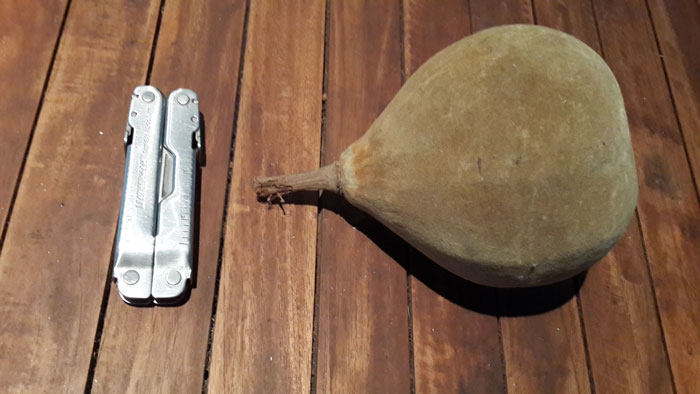
The baobab tree is a strange-looking tree that grows in low-lying areas on the African mainland, Madagascar and Australia. It can grow to enormous sizes, and carbon dating indicates it may live to 3,000 years old. They go by many names, including baobab, boab, boaboa, tabaldi, bottle tree, upside-down tree, monkey bread tree, and the dead-rat tree (from the appearance of the fruit).
So, do you love seeing baobabs while on safari as much as we do?
Well, here we provide some interesting facts about your favourite African tree:
1. There are eight species of the baobab tree (genus Adansonia) – six from Madagascar and one each from mainland Africa and Australia.
2. The baobab’s biggest enemies are drought, waterlogging, lightning, elephants and black fungus.
3. Baobabs are deciduous, and their bat-pollinated flowers bloom at night.

4. Baobabs store large volumes of water in their trunks, so elephants, eland and other animals chew the bark during the dry seasons.
5. Humans utilise baobabs for many purposes, including shelter, ceremonies, food, medicine, fibre, juices and beer.
6. Animals like baboons and warthogs eat the seed pods; weavers build their nests in the huge branches; and barn owls, mottled spinetails, and ground-hornbills roost in the many hollows. The creased trunks and hollowed interiors also provide homes to countless reptiles, insects and bats.

7. Cream of tartar (a cooking ingredient) was initially produced from the acidic baobab seed pulp but is now mainly sourced as a by-product from the wine-making process.

8. The massive trunks (the largest circumference on record is 47 metres) have been used as jails, post offices and bush pubs, amongst other creative uses.
9. Many baobabs live to a ripe old age – with one recently collapsed Namibian tree known as “Grootboom” thought to be 1,275 years old.

ALSO READ: The Demise of the Baobabs – a Climate Change Warning?
To comment on this story: Login (or sign up) to our app here - it's a troll-free safe place 🙂.![]()








